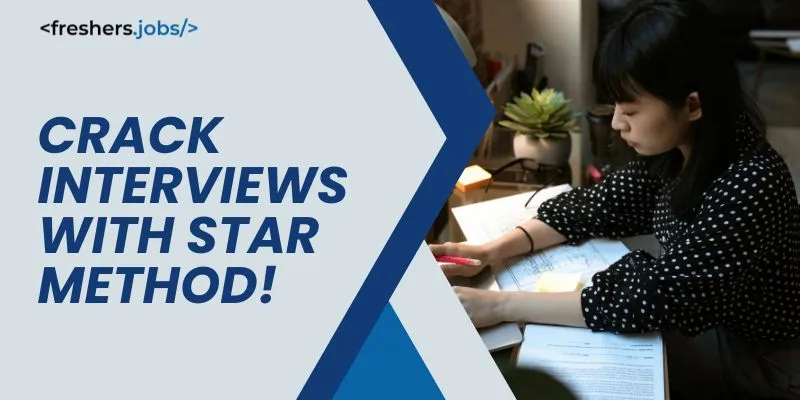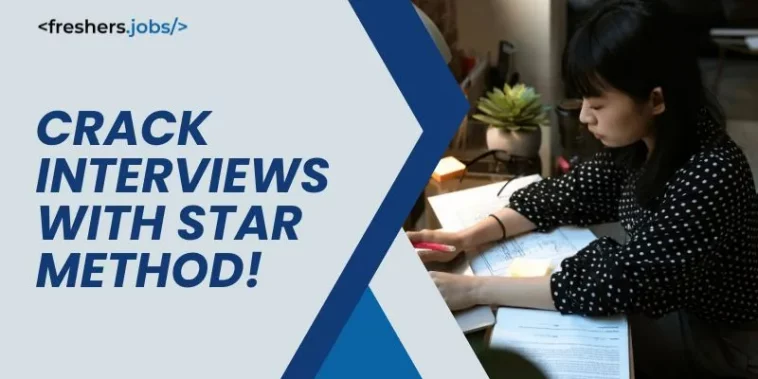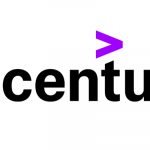
When it comes to preparing for interviews, you must know the existence and success rate of proven methods that are devised to guide candidates to succeed in their interviews. The STAR interview method is one such strategy, which, when followed with sincere efforts, results in the successful placement of deserving candidates. This blog discusses the STAR method in detail and reveals how you can benefit from it while working towards your career path.
What is the STAR method?
The STAR method is a structured approach designed to answer behavioral interview questions, where you can describe a past Situation you faced, explain the Task you were responsible for, detail the specific Actions you personally took, and conclude with the positive Result of those actions during interviews. This technique helps you provide clear, concise, and compelling examples of your skills and experiences to the interviewers and show you’ve handled challenges and achieved objectives in your real-world experiences. Latest Job Alerts on several job opportunities can be found in job portals.
The acronym STAR stands for:
S – Situation: Setting the scene. You brief the situation.
T – Task: Describing your responsibility or objective that is expected of you.
A – Action: Explaining what action you took in that situation.
R – Result: Share the results of your actions.
STAR method for interviews – A detailed view
Situation (S)
This is where you provide the necessary context for your story. Think of it as painting a brief picture of the environment or challenge you faced.
How to explain the situation?
- Who: Who was involved (e.g., a specific client, a team, a manager)?
- What: What was the overall project, problem, or challenge?
- Where: Where did this happen (e.g., at your previous company, during a specific project)?
- When: When did this situation occur (e.g., “in my last role,” “during a particularly busy quarter”)?
Tips to explain the Situation
- Provide just enough detail for the interviewer to understand the context. Ensure the situation is relevant to the job and the experience the interviewer is looking for.
- Don’t generalize the situation. Instead of “I often handle difficult clients,” say, “In my previous role, I had a client who was unhappy with our service after a project delay.”
Task (T)
Once the situation is set, it’s time to clearly articulate what your specific role or responsibility was within that situation. This is to explain what you needed to achieve or the problem you were tasked to solve.
Things to be explained
The challenge you were personally responsible for addressing, whether individually or as a team. If you were part of a team, explain your specific responsibility.
Tips to explain your responsibilities or goals
- Make it clear what you were trying to accomplish.
- If there was a measurable target, you can mention it (e.g., “My task was to reduce customer complaints by 20%”).
Action (A)
In this step, you can demonstrate your skills, problem-solving abilities, and decision-making process. This is where you describe the specific steps you took to address the situation and complete the task.
Things you can describe
- The specific steps you took.
- Your thought process behind those actions.
- The tools or resources you utilised.
- Who you collaborated with and your specific contribution to that collaboration.
Tips to describe your actions effectively
- Be as detailed as possible. Instead of “I worked hard,” say “I analysed the data, identified the root cause of the issue, and then developed a new process document.”
- As you describe your actions, subtly highlight the skills the job requires (e.g., “This required strong analytical skills,” or “My communication skills were crucial here”).
- Explain how you did what you did, not just that you did it.
Result (R)
Finally, explain the result or outcome of your actions. This is your opportunity to show the positive impact you made and the lessons you learned. Also, this is an important step in the STAR format interview.
What can you say while explaining the results
- The direct outcome of your actions.
- Whenever possible, use numbers, percentages, or concrete figures to demonstrate the impact
- Positive consequences for the company, team, or project.
- Any lessons learned or skills gained from the experience.
Benefits of the STAR method interview
- It provides a clear, structured framework for answering behavioral questions.
- It helps candidates tell a compelling story that highlights their skills and experiences.
- It encourages specificity and discourages vague or generic responses.
- It enables interviewers to gather objective evidence of a candidate’s past behavior.
- It allows candidates to demonstrate problem-solving, teamwork, and decision-making abilities.
- It makes it easier to quantify achievements and show tangible results.
- It helps candidates stay focused and avoid rambling during the interview.
- It allows for a more consistent and fair evaluation of candidates by interviewers.
- It helps predict future job performance by analyzing past actions and outcomes.
In conclusion, the STAR method is a most valued tool for both interviewers and the interviewees. You can make use of it successfully by effectively addressing the behavioral questions. You have to detail the Situation, Task, Actions taken, and the resulting positive Outcomes. By consistently employing this method, you, as a candidate, can articulate your skills, problem-solving abilities, and contribute with clarity and impact during the interviews. Young graduates can utilise job websites like Freshers Jobs while seeking suitable jobs.



